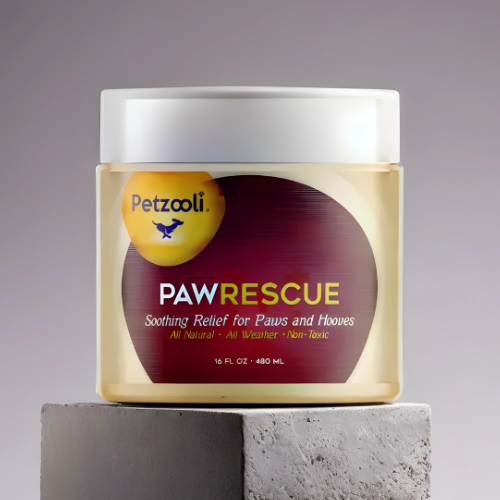
How to Treat Dog Paw Infections at Home: Effective Tips and Solutions
Share
As a health-conscious pet owner, you know how important it is to take care of every aspect of your dog's well-being. One critical yet often overlooked area is your dog's paws. Paw infections can be painful for your furry friend and can lead to more serious health issues if not properly addressed. In this article, we will delve deep into how to treat dog paw infections at home, offering you practical solutions and preventative measures.

Signs of Dog Paw Infections
Before diving into the treatments, it's essential to recognize the signs of a paw infection. Symptoms can include:
- Redness and swelling
- Pus or discharge
- Foul odor
- Excessive licking or chewing of the paw
- Limping or avoiding putting weight on the affected paw

Initial Steps to Take
As soon as you notice any of these signs, it's crucial to take immediate action to prevent the infection from worsening. Here's what you can do initially:
Clean the Paw
Use a mild antiseptic solution to clean your dog's paw. This will help to remove any dirt and bacteria that may be causing the infection. Pat the paw dry with a clean towel.
Inspect for Foreign Objects
Check for any foreign objects like splinters or small stones that may be lodged in your dog's paw. If you find anything, carefully remove it using sterilized tweezers.
Apply a Paw Balm
After cleaning, apply a paw balm to the affected area to soothe the skin and promote healing. Make sure to use a product that's safe for dogs.

Home Remedies for Dog Paw Infections
If the infection is mild, you might not need to rush to the vet immediately. Here are some effective home remedies to try:
Apple Cider Vinegar Soak
An apple cider vinegar soak can help to disinfect the paw and reduce inflammation. Mix equal parts of apple cider vinegar and water in a bowl and let your dogs paw soak for five minutes.
Turmeric Paste
Turmeric has anti-inflammatory and antiseptic properties. Make a paste by mixing turmeric powder with water and apply it to the infected area. Let it sit for 15 minutes before rinsing off.
Coconut Oil
Coconut oil has natural antibacterial properties. Apply a thin layer to the affected paw to help fight off the infection and moisturize the skin.

Preventative Measures
Preventing paw infections is always better than treating them. Here are some tips to keep your dog's paws healthy:
Regular Inspections
Make it a habit to regularly inspect your dog's paws for signs of infection or injury. Clean them as needed to keep them free from dirt and bacteria.
Moisturize
Use a moisturizer specifically designed for dogs to keep their paw pads soft and healthy. This can prevent cracks that can lead to infections.
Avoid Walking on Hot Surfaces
Hot pavement or sand can burn your dog's paw pads. During hot weather, walk your dog in shaded areas or early in the morning when the ground is cooler.
When to See a Vet
If the infection doesn't improve with home treatments or if it seems to be getting worse, it's time to consult your veterinarian. Severe infections may require prescription medications like antibiotics or antifungal treatments.
Additional Resources
For more information on caring for your dog's paws, check out these comprehensive guides.
Frequently Asked Questions
Q: How often should I inspect my dog's paws?
A: Regular inspections can help catch infections early. Aim to check your dog's paws at least once a week.
Q: Can I use human antiseptics on my dog's paw?
A: It's best to use products specifically designed for dogs to avoid any harmful ingredients.
Q: What should I do if my dog keeps licking the infected paw?
A: You may need to use a cone or bootie to prevent your dog from licking and aggravating the infection.
As an Amazon Associate, I earn from qualifying purchases.
